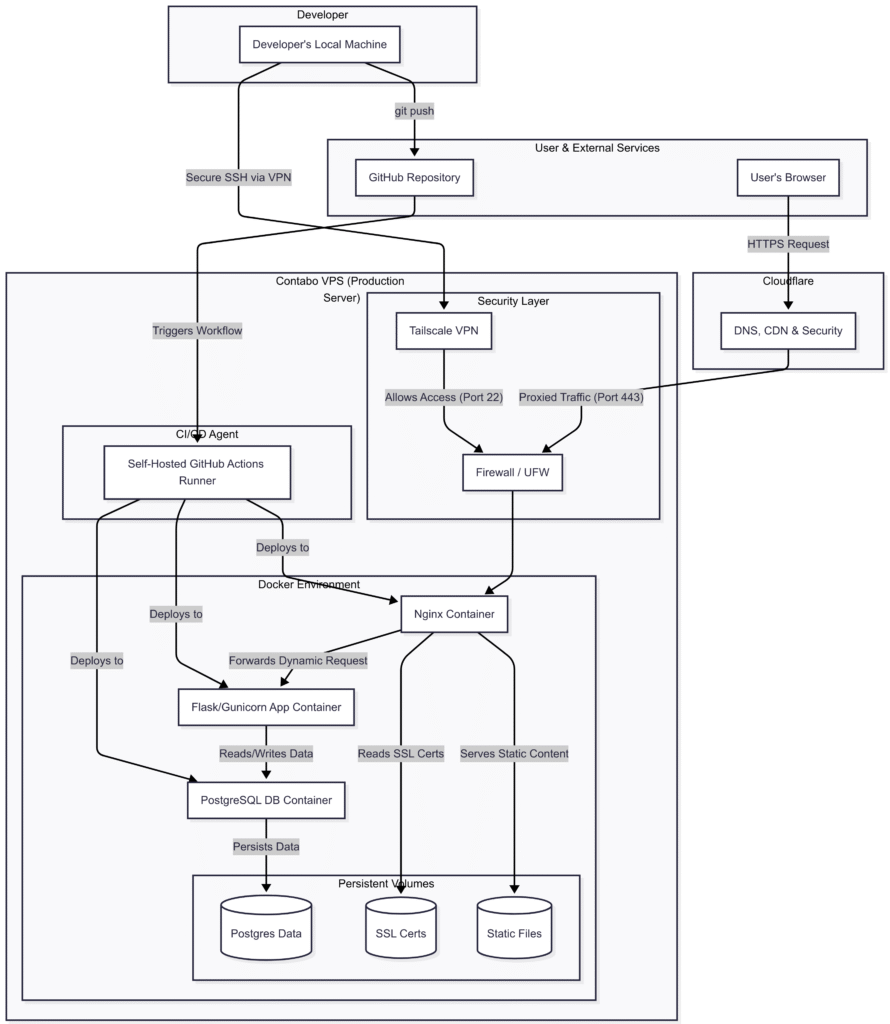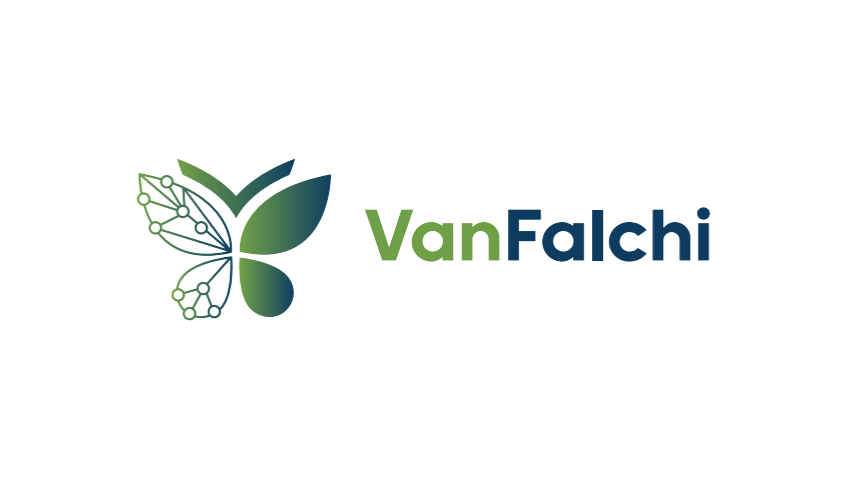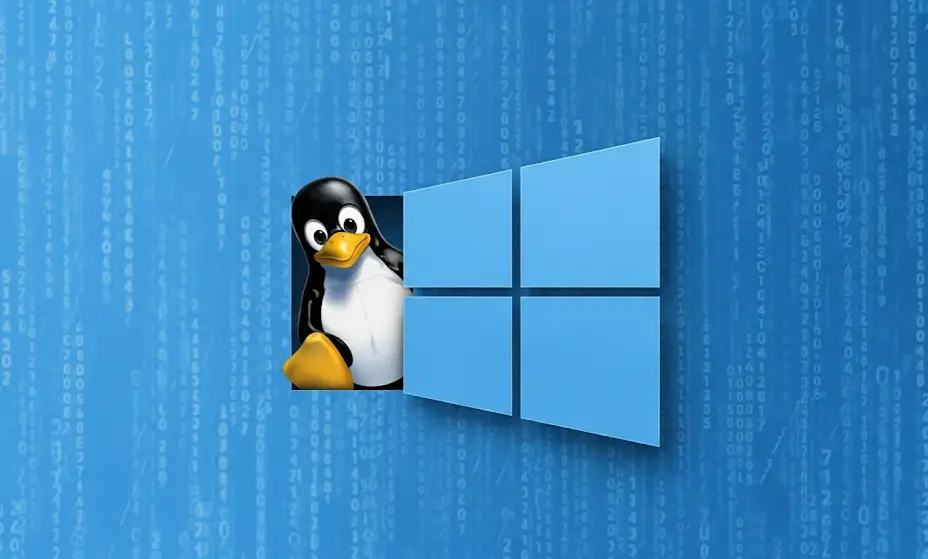Every great project starts not with a line of code, but with a problem. This is the story of how a real-world business challenge—a financial-legal firm drowning in spreadsheets—was translated into a secure, automated, and production-ready 3-tier web application. This is the first post in a series where I’ll break down the entire lifecycle of the project, from architecture to a fully automated CI/CD pipeline.
The Problem: High Stakes, High Risk
The client, a specialized firm managing legal cases, was running their entire financial operation on a complex web of manual spreadsheets. This workflow was not only inefficient and time-consuming but also dangerously prone to human error. With sensitive client data and complex, multi-party financial distributions at stake, a single misplaced decimal could have significant consequences.
My mission was clear: to replace this fragile system with a secure, centralized, and intuitive web application that would become their single source of truth.
The Vision: Architecting a Solution
Before writing any code, the first step was to design the architecture. The application needed to be robust, secure, and maintainable, built on a stack that would allow for rapid development without sacrificing quality.
Here’s the high-level architecture I designed:

The “Why”: Justifying the Tech Stack
Every technology choice was deliberate, balancing performance, security, and developer experience:
- Backend (Python/Flask): As a Python developer, Flask was the natural choice. Its simplicity and flexibility allowed for rapid prototyping, while its powerful ecosystem of extensions (like SQLAlchemy and Flask-Login) provided the tools needed for a robust backend.
- Database (PostgreSQL): For an application managing financial data, data integrity is non-negotiable. PostgreSQL was chosen for its proven reliability, support for transactions, and strong performance with complex relational data.
- Frontend (Server-Side Rendering with Jinja2 & Tailwind CSS): The target users are non-technical. They need a clean, fast, and straightforward interface. Instead of adding the complexity of a JavaScript framework like React or Vue, I opted for a Server-Side Rendering (SSR) approach. Flask and Jinja2 generate the HTML on the server, keeping the frontend light and simple, while Tailwind CSS allows for building a modern, responsive UI with utility classes.
- Infrastructure (Docker & Docker Compose): The cornerstone of the project’s DevOps strategy. Using Docker from day one ensured perfect parity between my local development environment and the production server, eliminating the classic “it works on my machine” problem. Docker Compose made it easy to define and orchestrate the entire 3-tier stack as code.
This foundation set the stage for everything that followed: implementing the core business logic, building a secure deployment pipeline, and ultimately, delivering a successful product.
In the next post, I’ll dive into the backend development, showing how the database was modeled and how the first critical feature—secure user authentication—was implemented.



